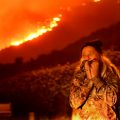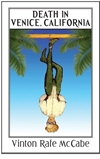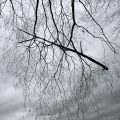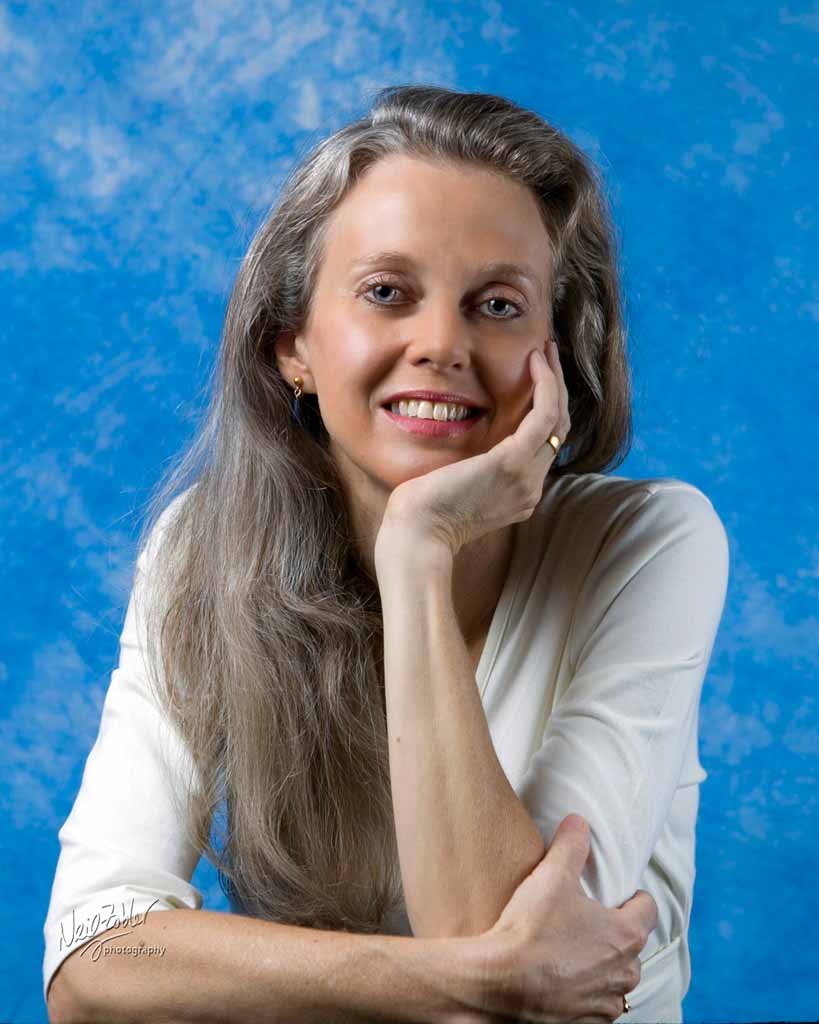
Corona in Connecticut, and Italy, and the UK, and California…
The Venetians have gotten their city back. Certainly not the way they wanted to get it back, not as the result of a deadly pandemic, but the fact remains that as a result of the coronavirus, the thing the Venetians have longed for has finally come to pass. La Serenissima has finally been freed of tourists. Her squares and canals are empty. The massive cruise ships that erode her foundations have disappeared. “We can see the fish again!” I heard one Venetian man exclaim on the news. “There is so little boat traffic that the sediment in the canals is no longer stirred up. The water is clearer than I’ve ever seen it.”
Empty lanes. Deserted quays. The stones of Venice have been returned to her citizens, echoing only with their footsteps and the occasional Italian phrase.
To the north, in Milan, at the epicenter of the Italian outbreak, our friend and colleague Roberto reported two days ago that he and his wife were fine, but that one of his grown sons had a cough and a fever. His son lives only three minutes away, but Roberto and his wife and sons have been on lockdown for two weeks. Roberto was trying to be positive, but he was clearly worried. Yesterday, he e-mailed to say that his son’s fever and cough had receded. The paramedics who came to his apartment had not tested him, but they told him to stay home for two weeks. “We will never know if he had coronavirus or not,” Roberto wrote. “But he is now in quarantine.
Off the European mainland, in the UK, my step-daughter has been reassigned. She works for a London county council where her regular job is events planning. With the closure of the UK schools, however, the ban on large gatherings and the incessant plea for social distancing, she suddenly has nothing to do. Today she started her temporary retraining for the “cemeteries and burials” detail.
Five-and-a-half thousand miles away, in California, my sister was sent home on Tuesday from Livermore Labs where she works in the Finance Department. Only non-essential personnel were sent home. Livermore Labs is a government facility and the labs can’t close. Weapons designs need to be guarded. Experiments can’t be stopped. I was glad to hear that the government is still doing a bit of science these days since their coronavirus response, up until recently, seemed to suffer from a complete contempt of science and science-based evidence.
Also, in California is a good friend who flew in from New Zealand yesterday. I have no idea how long she had to stand in line at customs to be interviewed and screened. She now faces the thousand-mile drive north to Canada where she is a permanent resident. The Canadian border was closed to non-essential traffic two days ago. Hopefully, residents going home will be allowed to pass.
Here, in Connecticut, I stay home and wait. I wait for what seems like the inevitable notification that my school district will go over to some kind of distance learning. I wait for the numbers to get worse before they get better. This morning, the first confirmed case of coronavirus in my town was announced, a town with an enormous retirement community.
What am I doing? Sleeping more, reading more, writing, petting the cat. In the morning, I text people to check and see if they are okay. Each afternoon, I walk down the dirt road near my house that runs along a stream and then up over the hills whose trees are just starting to turn a faint shade of pink. Yesterday, the season of new life officially began. Yesterday was the first day of spring.
Already for a week now, there have been snow drops blooming in clusters at the edges of the woods and the occasional purple crocus next to someone’s mailbox. The forsythia is starting to pop in everyone’s yards and the bird song increases daily.
The roads, however, are empty of people, but this is normal. SUV’s and trucks whip past me as I march on, swerving to give me a wide berth. I pass houses whose inhabitants I have never seen outside their homes, who seem to have been sheltering-in-place for years. I walk up past the local farm that makes honey to the crest of the hill where the honey farmer’s father used to have his own farm of cornfields and cows. Today these fields were full of robins searching for worms. On the way home, I pass the local park full of people practicing social distancing, walking their dogs, prowling restlessly and taking a break from their devices.
The Connecticut woods, despite the encouraging signs of early spring, are still damp and denuded, full of the fallen and twisted remains from the tornado of two years ago. There are also the usual signs of humankind’s carelessness, trash fringing the roads, the froth of run-off collecting in the nooks of stream rocks. Yet it is still possible to feel at peace out here, to feel as if the public health and economic catastrophe that is presently overwhelming us cannot last indefinitely, that the neighborhoods I walk through, have walked through now for two decades, will survive, and the planet hopefully as well if we are not too stupid. It is possible to feel hopeful out in the wind and the air and to take some of this hope with you when you return home. You realize how fragile this hope is, however, as soon as you begin to read the news. Then the slow seep begins, steady and sure as the hours pass. Canyons were carved this way and wise men driven mad. What can you do to best it, to triumph over the slow drip of despair? You need to open the door and turn your face to the sky. You need to walk every day.





Thanks Linda.
Yes, I walk everyday. Fascinating times.
Beautiful. Thanks Linda. Stay safe. Lenore
I love your last two sentences:
You need to open the door and turn your face to the sky. You need to walk every day.
I agree.
I set off with my new puppy in a backpack and walk in my neighborhood everyday, always noticing new things, the trees full of blossom, the clusters of daffodils; and while people give each other a wide berth there are runners, and people walking dogs, and children and parents riding bikes. Seeing other people (at the appropriate distance) builds a feeling of all of us in this together. And a reminder that spring is happening and despite everything’s it’s just as pretty as ever.
Thanks, Linda. Yes, walking outside is so important, I go every day. Janis
What a terrific piece, You just get better and better.
This is the earth’s retaliation for pollution and overpopulation. It has many ways to shake us off like fleas on a dog’s back: wildfires, hurricanes, and pandemics. Suddenly we have the gift of time to take note of its heartbreaking beauty, so take a walk, everyone, if you can.
Just reading your writing feels like a walk outside to me. Even though I am actually walking every day and cutting my own little path through the New England cool and muddy spring, your words propel me differently and I love them. I am reminded of a meme one of my students sent: “Nature has just told us all to go to our rooms, and think about what we’ve done.”
Love to you and your hubby!
MP
Lovely, Linda. This pandemic is a life-changer, for sure.